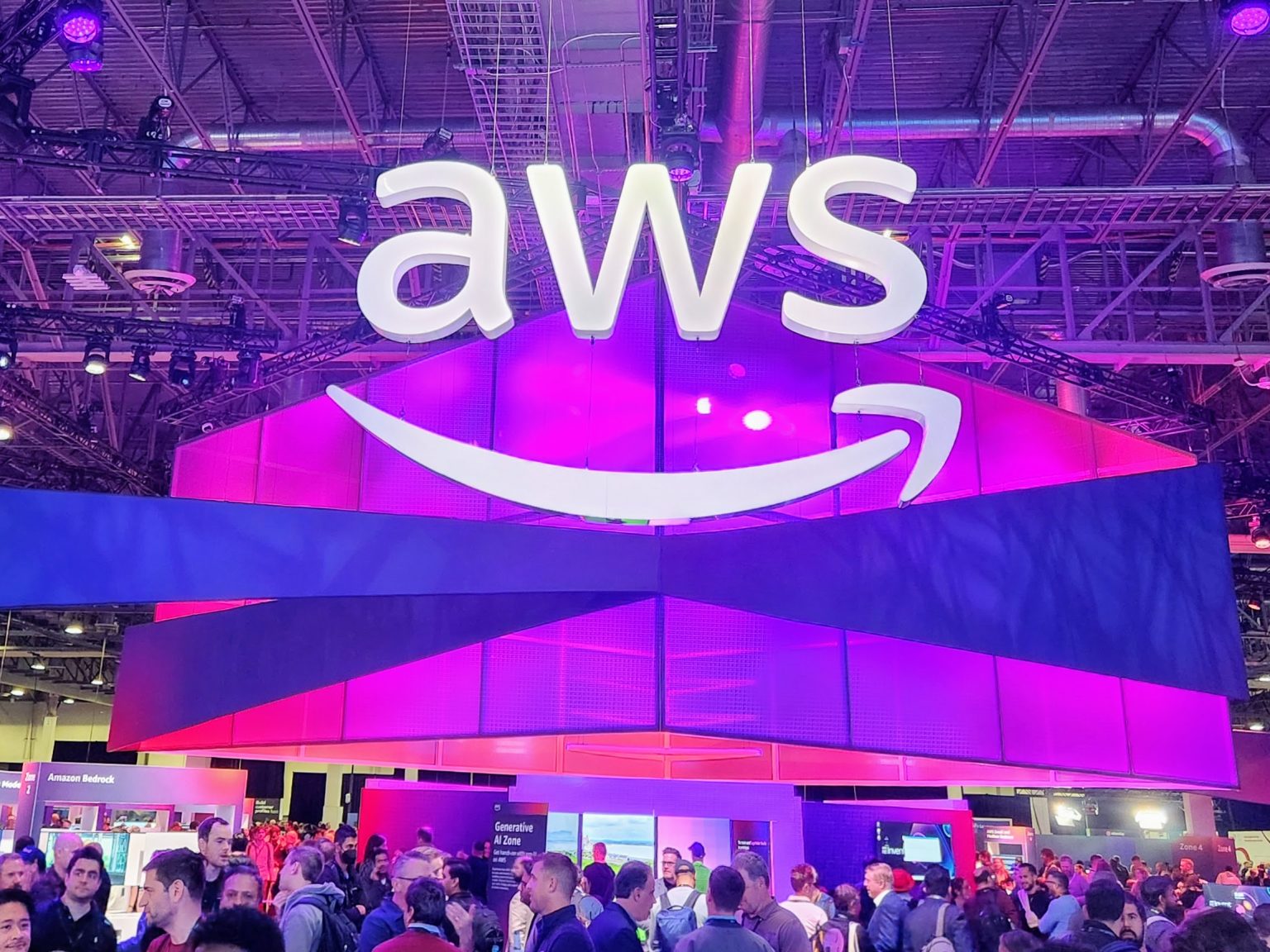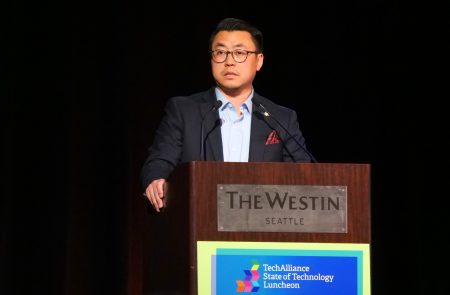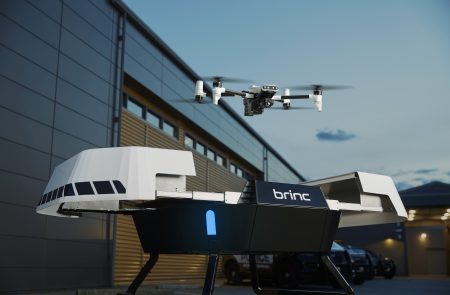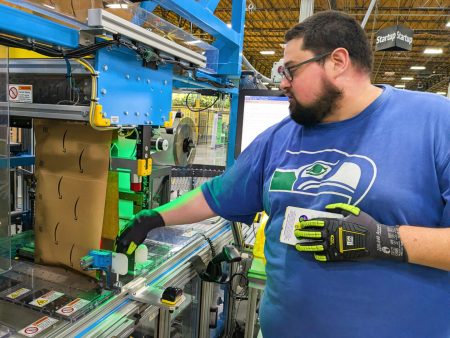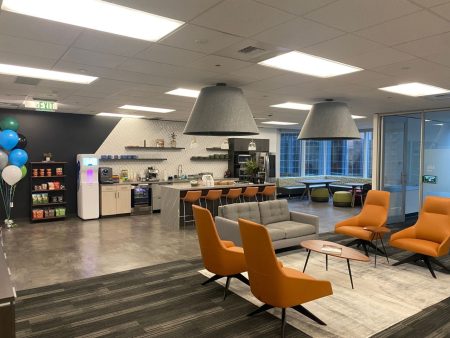AWS Outage Highlights Concentration Risks in Tech Infrastructure and AI’s Future
In the vibrant, buzzing halls of AWS re:Invent 2024 in Las Vegas, attendees discussed cloud innovations and possibilities. Little did they know that within months, a stark reminder of digital fragility would ripple through the tech ecosystem. The recent major AWS outage that darkened significant portions of our digital landscape wasn’t just another technical hiccup—it was a wake-up call about the concentration of critical infrastructure in our increasingly connected world. When Amazon Web Services went down, over 1,000 websites and applications went with it, creating a digital blackout that touched nearly every aspect of modern life. From financial services like Venmo and Robinhood to gaming platforms like Roblox and Fortnite, from essential communication tools like Signal and Slack to entertainment venues via Ticketmaster—even “smart beds” left their owners tossing and turning without their sleep-tracking capabilities. This wasn’t just an inconvenience; it was a demonstration of how deeply woven cloud infrastructure has become in our daily existence.
In the aftermath, many commentators suggested a seemingly obvious solution: diversification across multiple cloud providers. But this well-intentioned advice misses crucial realities of today’s technology landscape. The cloud market offers limited true diversity with only three major providers—AWS, Microsoft Azure, and Google Cloud—dominating the ecosystem. The issue isn’t just about individual organizations spreading their risk across vendors; it’s about market concentration itself. When so much critical infrastructure relies on so few providers, cascade failures become almost inevitable. The real question we should be asking isn’t how organizations can juggle multiple cloud vendors, but rather how society should address the reality of highly concentrated technological risks that can have exceptionally broad impacts when they materialize. Instead of focusing narrowly on redundancy strategies, we need to examine the systemic vulnerabilities created by this consolidation of digital infrastructure.
The AWS outage provides particular insight into an emerging technological reality that demands our attention: the generative AI ecosystem. When considering AI-native applications—not just chatbots, but sophisticated systems built on generative AI platforms—we face similar concentration issues with potentially more severe consequences. Just as cloud-native applications vanish when their cloud infrastructure fails, AI-native applications will disappear when their generative AI providers experience outages. And currently, there are as few, if not fewer, major generative AI providers than cloud providers. The mainframe computing era taught us that centralized computing creates centralized points of failure—when “the computer” goes down, everything goes down. We’re recreating this vulnerability pattern in the AI space, but with potentially greater impact. The more industries and services become “intelligent” through AI integration, the more devastating widespread AI platform failures could become.
Even more concerning is the double-layered risk exposure created by the interdependence between AI and cloud infrastructures. Consider that OpenAI itself was affected by the AWS outage—illustrating how AI platforms are themselves built atop cloud infrastructure. For organizations building AI-native applications, this creates a compounding vulnerability: their services can fail either when their generative AI platform experiences problems or when the underlying cloud infrastructure supporting that AI platform falters. It’s like the mainframe era squared—a cascade of dependencies creating multiple potential points of failure. This isn’t an argument against adopting cloud or AI technologies, but rather a call for clear-eyed recognition of the complex risk landscape these technologies create when they’re built as interdependent layers with high market concentration at each level.
The realities of physical infrastructure requirements and capital investment needs make truly diverse ecosystems impractical for both cloud and generative AI services. Few expect more than a handful of major providers to emerge in either space. Concentration of these critical services seems inevitable given current economic and technological realities. This means the pattern of highly concentrated risks with exceptionally broad impact isn’t disappearing—it’s intensifying. As technologies continue stacking upon each other in ever more complex relationships, these risks become more concentrated and their potential impacts broader. We’re building technological towers where failures at fundamental levels can topple entire digital ecosystems that millions of people and businesses rely upon daily.
In security circles, experts have long discussed the “CIA” triad: confidentiality, integrity, and availability. While the first two elements have received significant attention in recent years through privacy regulations and security initiatives, availability has often been relegated to secondary status. The AWS outage reminds us that availability isn’t just another technical concern—it’s fundamental to the functioning of our digital society. This outage wasn’t an anomaly but rather a demonstration of risks inherent in today’s technological architecture. As we continue building increasingly complex and interdependent systems, we need renewed focus on availability and resilience in the face of inevitable failures. With no easy solutions to these increasingly complex problems, we must start by acknowledging this new reality and thinking seriously about mitigating concentrated infrastructure risks. The stakes are too high and touch too many aspects of modern life to continue treating these outages as surprising anomalies rather than predictable consequences of our technological choices.





